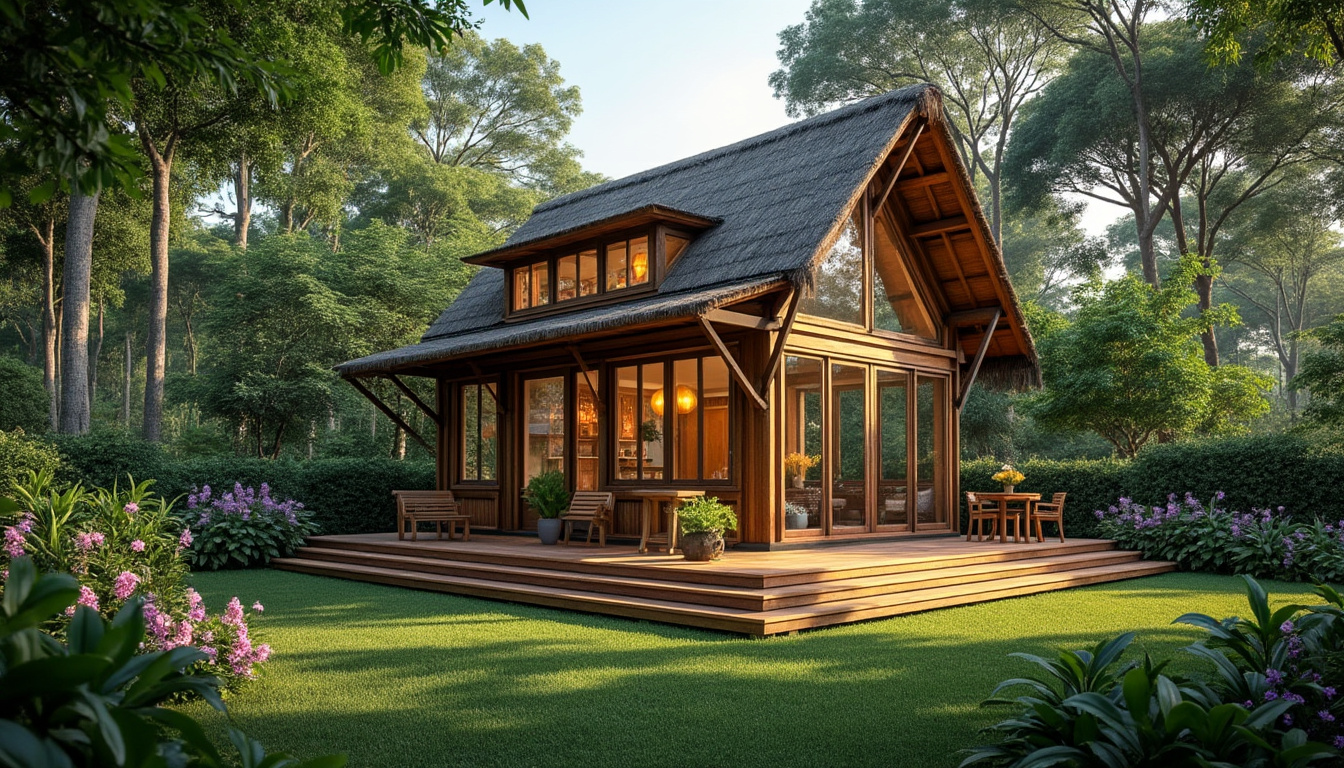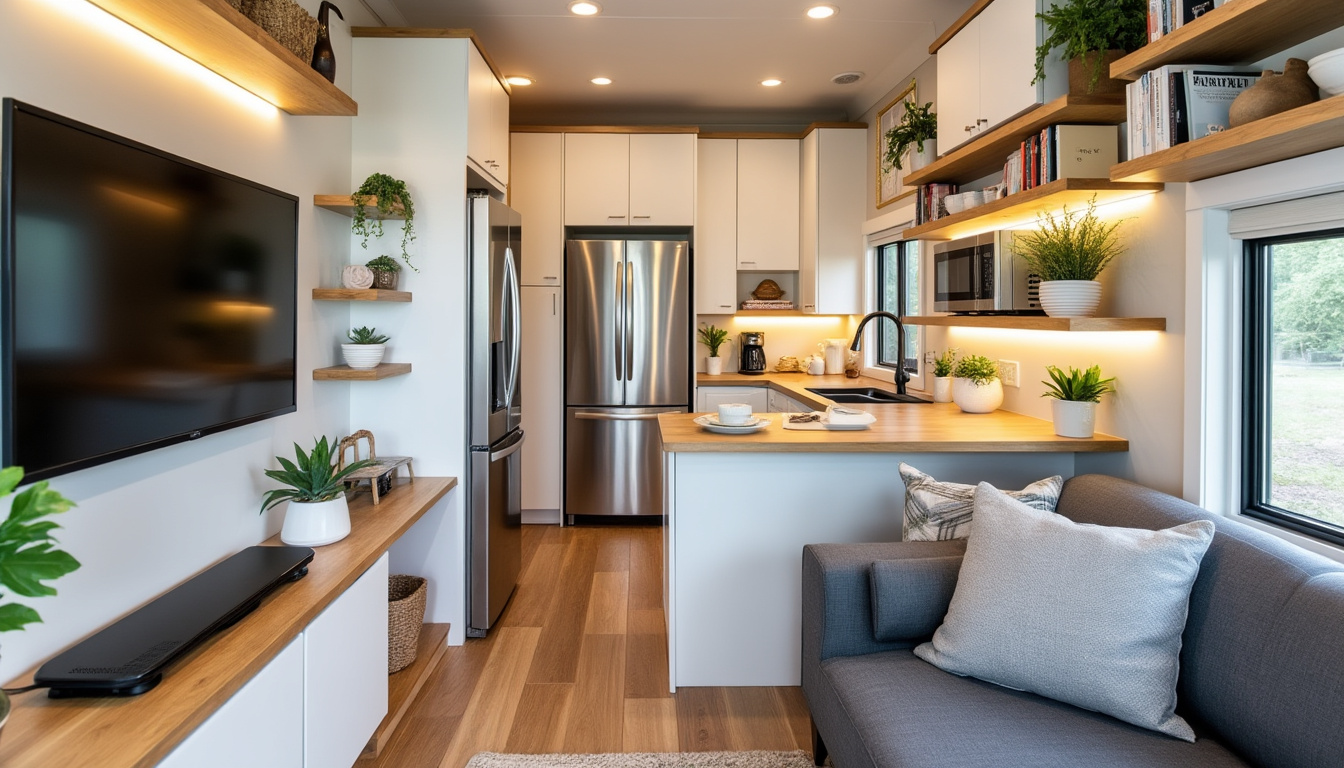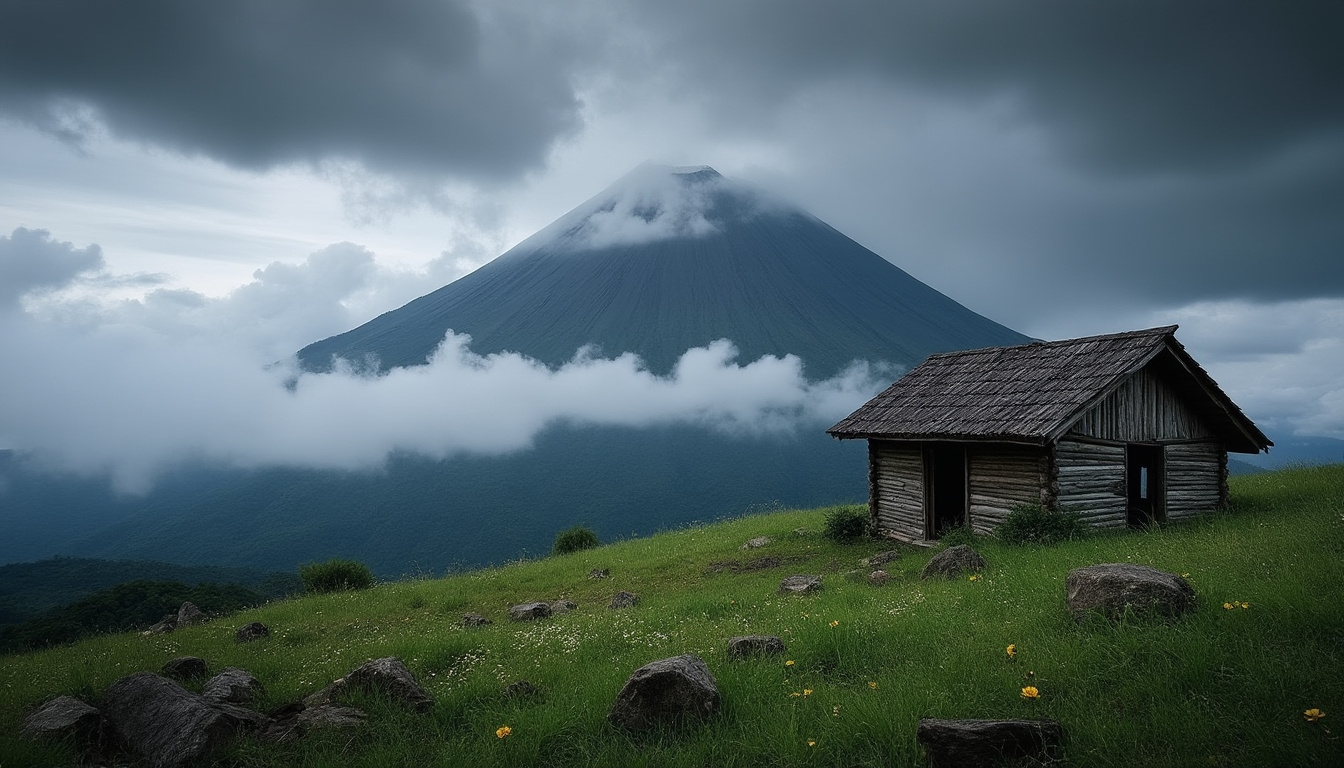In recent years, the tiny house movement has garnered massive attention around the world, and the Philippines is no exception. As a nation rich in culture and breathtaking landscapes, it presents a perfect backdrop for innovative hospitality businesses. Among these initiatives is a remarkable story that captures the essence of youthful ambition and entrepreneurial spirit. A Gen Z student, Eunice Panopio, has successfully built a cozy tiny house Airbnb in Talisay, Batangas, with the dream of providing guests an experience that combines both comfort and the great outdoors.
The Journey to Building a Tiny House Airbnb
The journey began in 2018 when Panopio, then a social media marketer for a local resort, was inspired by the booming hospitality industry. Watching bookings surge for her employer made her realize the potential of establishing her own getaway. However, the idea of building a tiny house remained elusive as financial constraints loomed large.Fast forward to 2022, Panopio found herself studying marketing and communications in Melbourne, Australia. With a newfound determination, she decided to channel her freelance earnings into her long-time aspiration of building a tiny house.

Recognizing the exorbitant costs of constructing a tiny house in Australia, Panopio strategically chose to build back home in the Philippines. She had a specific plot in mind: an empty 1.3-hectare land belonging to a friend’s family, which boasted stunning views of Taal Volcano. This spot, already a childhood favorite for camping, would eventually become the perfect location for her rental property. Thankfully, her friends were supportive, and a partnership with her father’s acquaintance helped make her dream a reality.
When it came to design, Panopio drew inspiration from her international travels but prioritized local craftsmanship. Most of the materials were sourced from Filipino suppliers, including reclaimed wood, which holds sentimental value for her. This approach not only cut costs but also added charm to the project, underscoring her commitment to sustainability.
Throughout this entire process, Panopio cited cost management as the most challenging aspect. With contractors quoting astronomical figures that reached millions of pesos, she had to meticulously calculate the budget. Ultimately, she chose a contractor who could deliver the entire project for approximately 750,000 Philippine pesos, a conservative cost for a dual-structure tiny house.
Building Structure and Design
The finished product, completed within a month, features a unique 388-square-foot layout composed of two buildings interconnected by a sheltered walkway. One building houses a king-sized loft bed, while the second comprises a bathroom with a stunning circular tub, all surrounded by picturesque greenery. The layout fosters a sense of intimacy and connection with nature, making it a desirable option for couples and adventure seekers.
- Stylish loft with a king-sized bed
- Large circular bathtub with panoramic views
- Eco-friendly building materials
This sustainable model effectively reflects her personal philosophy. The tiny house incorporates reclaimed wood that Panopio cherishes, consisting of materials gifted by local carpenters. This insight into how to marry sustainability with aesthetics speaks volumes about the direction of the modern tiny house movement, where eco-friendliness and functionality walk hand-in-hand.
Managing the Airbnb Business
Upon completion, Panopio was enthusiastic but soon realized that managing an Airbnb was more involved than she initially anticipated. Aiming for a seamless experience for her guests, she discovered the importance of proactive communication and hands-on management. The charming tiny house’s success is reflected in its 4.89-star rating on Airbnb, based on numerous reviews. Each guest’s feedback is critical for fine-tuning the experience to exceed their expectations.

Initially, Panopio believed she could treat her Airbnb venture as a passive source of income. However, she quickly learned the ropes of providing hospitality, which includes meticulous guest check-ins, addressing maintenance issues, and ensuring a continued rapport with visitors. As she navigated this learning curve, she also had to deal with various challenges, including setting expectations early for her guests. One significant guest experience highlighted the substantial role of communication in delivering a fulfilling stay.
Pricing and Market Position
The pricing strategy for the tiny house Airbnb ranges between 7,000 and 8,500 Philippine pesos (approximately $123 to $150) per night, depending on the season. This competitive rate allows the tiny house to be attractive to a range of customers looking for unique getaway experiences. Each booking includes an enticing perk: a complimentary dinner, which significantly enhances the appeal. Panopio ensures her guests leave their vacation feeling pampered and valued.
In terms of marketing and visibility, the success of her tiny house Airbnb can also be attributed to social media platforms and travel sites, including Airbnb’s own exposure. As the travel landscape evolves, targeting the right demographic becomes essential. Guests often seek unique experiences, well-aligned with the ethos of the tiny house phenomenon as seen on platforms like Tiny House Nation.
| Season | Nightly Rate (PHP) |
|---|---|
| Low Season | 7,000 |
| High Season | 8,500 |
The Appeal of Tiny House Living
The tiny house movement is not just a trend but a growing lifestyle choice that embodies minimalism and sustainability. In a world often filled with excess, tiny houses offer a refreshing alternative. They encourage individuals to downsize their possessions and refocus on experiences, making it an attractive equation for many travelers seeking refuge from the hustle and bustle of city life.
Panopio’s venture falls in line with a global sentiment shared by many – the desire for connection with nature, reduced environmental impact, and a minimalist lifestyle. This approach resonates with nearly half of the young people surveyed in the Philippines, who articulate a preference for travel experiences that are eco-conscious and centered on sustainability.
- Connection with nature
- Reduced environmental footprint
- Minimalist lifestyle promoting inner peace
As guests look for unique vacations, the ability to experience a tiny house in a lush, natural setting presents unparalleled appeal. With the ongoing development in both travel and environmental consciousness, tiny houses serve as a blueprint for future residential options, aligning living spaces with sustainable travel.
Cultural Context and Future Perspectives
In the context of the Philippines, the tiny house Airbnb concept encapsulates a cultural shift toward embracing rustic environments and authentic experiences. Panopio’s undertaking reflects a response to both economic conditions and a longing for community-oriented, accessible travel opportunities that can cater to diverse audiences. Numerous studies have indicated that the rise of Gen Z and millennial hosts is driving Airbnb’s growth, accounting for a significant portion of newly listed properties in recent years.

The tiny house serves not only as a business venture but as an expression of Filipino identity intertwined with modernity. Through thoughtful designs and sustainable practices, Panopio demonstrates how traditional elements can coexist harmoniously with contemporary hospitality trends.
Future of Tiny Houses in the Philippines
As the Filipino hospitality industry expands, there are possibilities for further growth in the tiny house segment. The appeal of tiny houses extends beyond leisure; they also represent a potential shift in affordable housing and sustainable living. Some educators and housing advocates argue that adopting tiny homes could help tackle housing shortages by providing affordable options.
Global interest in niche tourism continues to rise, with many travelers seeking unique dining and lodging experiences. The emphasis on Instagrammable spaces has proven lucrative, indicating a strong market for aesthetically pleasing tiny houses. With platforms such as Lazada, Urban Outfitters, Wayfair, and IKEA continuously evolving and expanding their offerings, more options for furnishings and decor specific to tiny homes are becoming accessible.
- Growth of tiny houses for tourism and housing
- Increased cooperation with local suppliers
- Platforms enabling eco-friendly amenities
As travelers become increasingly interested in eco-tourism, projects like Panopio’s tiny house Airbnb highlight how innovative thinking can transform not only individual aspirations but entire communities. The combination of economical sensibility, cultural identity, and sustainability makes Panopio’s story a beacon of hope for future generations.
